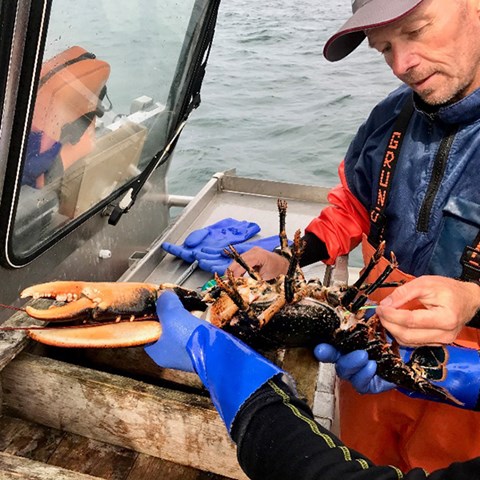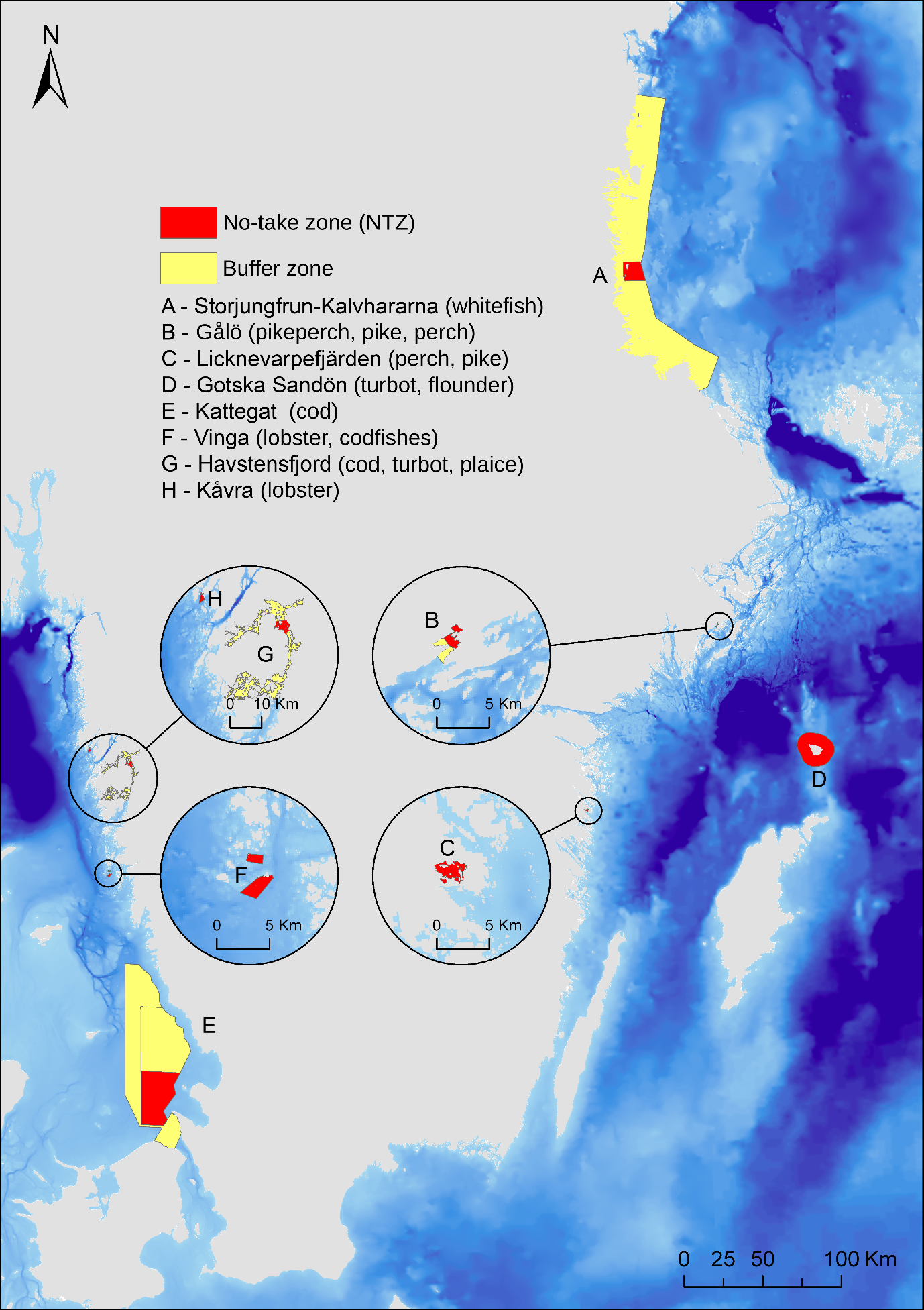Lännåkersviken at Gålö in the Stockholm archipelago is an important spawning and nursery area for pike, perch and pikeperch and has been renowned among sport fishers. Due to heavily decreased stocks of pike and pikeperch, a no-take zone was established as an emergency action to reduce pressure on the highly exploited populations.
The no-take zone covered an area of 1.7 km2 with a similar sized spawning closure as a buffer zone. The no-take zone was reopened to fishing in 2016 and is currently only closed during spawning season.
Short summary of results:
- Catches of adult pike and pikeperch increased by a factor of 5-11 in the no-take zone compared to the reference area open to fishing. This highlights that even small no-take zones can increase populations of large predatory fish if they have highly localised populations.
- No positive effects were found for perch in the no-take zone, likely due to high predation by mainly great cormorant. The initial positive effects of closure on pike populations disappeared in conjunction with grey seal disturbance in the area.
- Catches of pike, perch and pikeperch decreased in the no-take zone when reopened to fishing. This is likely due to a combination of predation by grey seal and great cormorant and fishing pressure from recreational fisheries.
More info
Chapter 7 (page 22) "No-take zone for pikeperch, pike and perch in the Stockholm Archipelago (Gålö), Baltic Sea" i Aqua report 2022:20
Benefits and costs of two temporary no-take zones (scientific article)
Social Acceptability of Marine Protected Areas – A Case Study of the Gålö No-Fishing Zone in Sweden (master essay)

